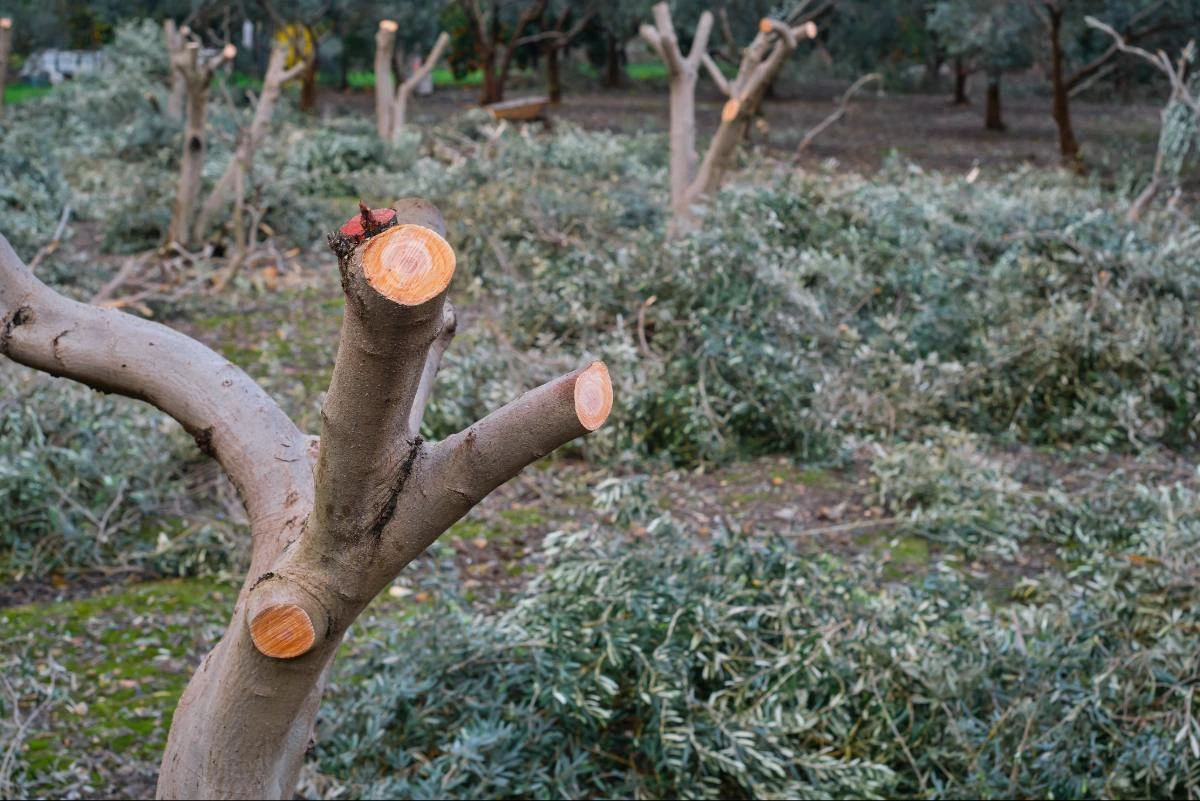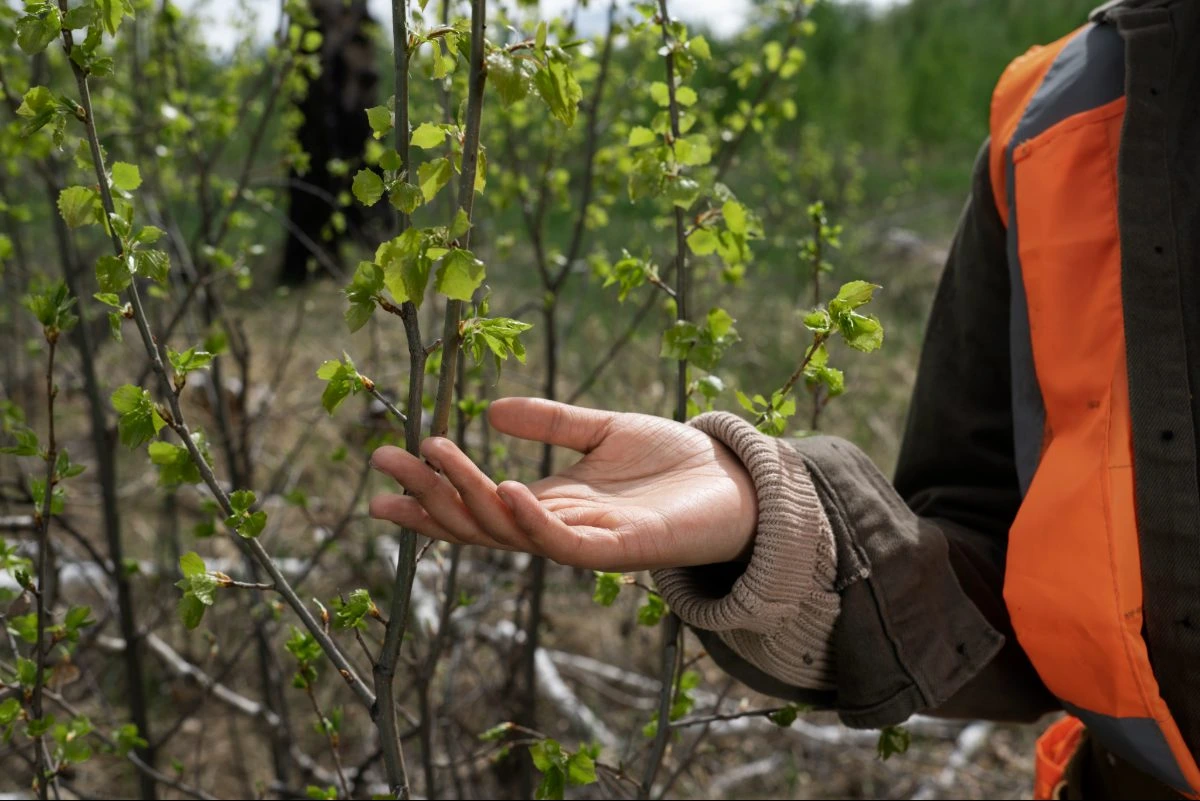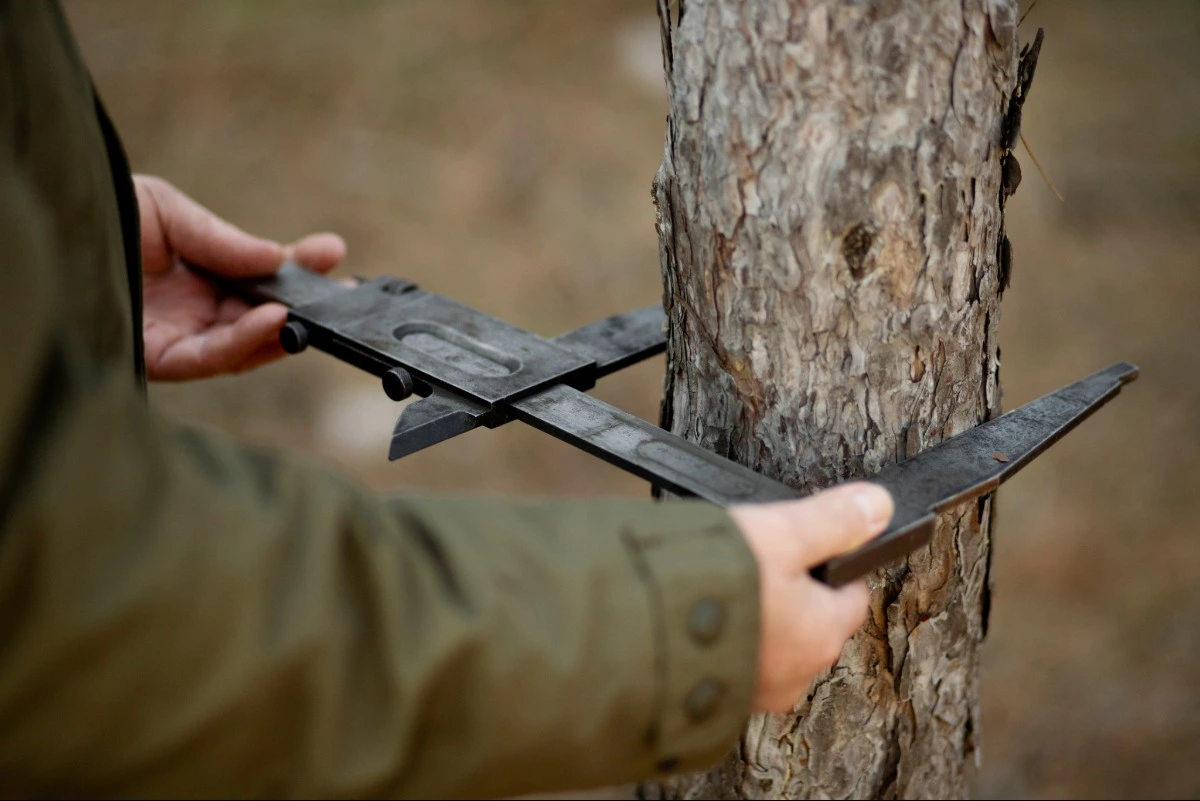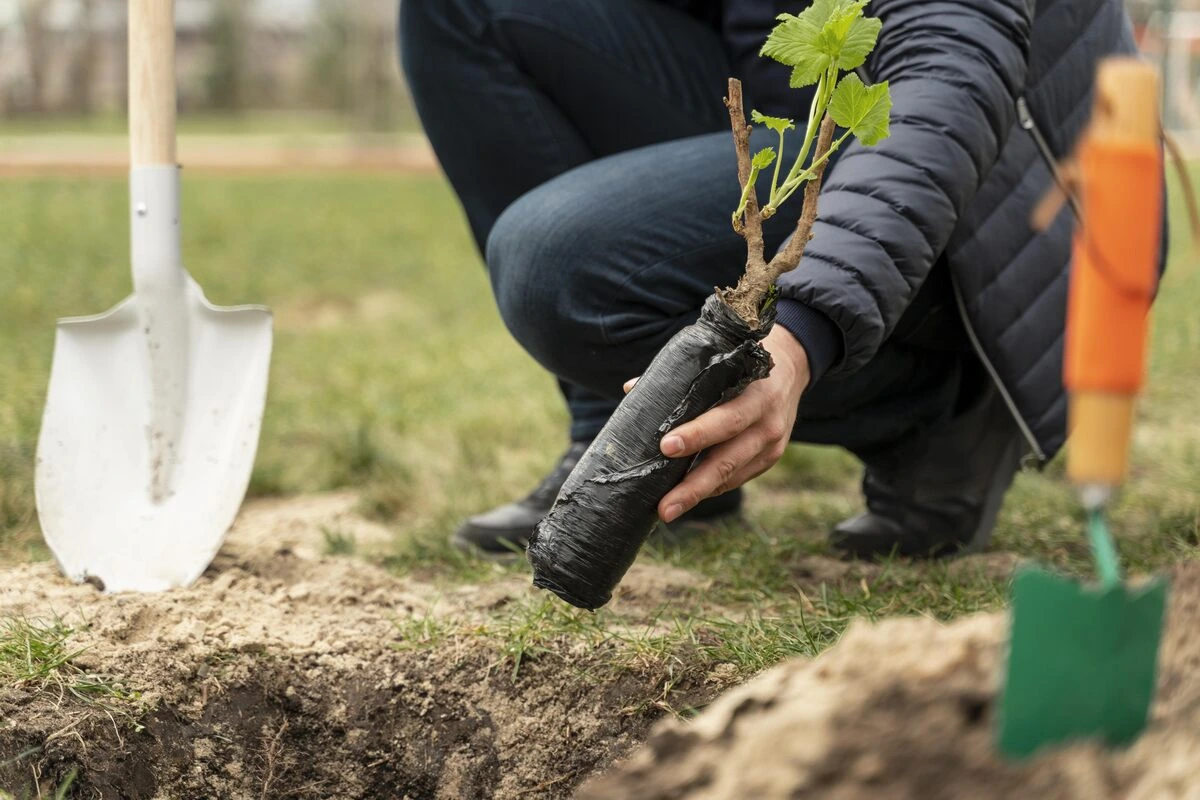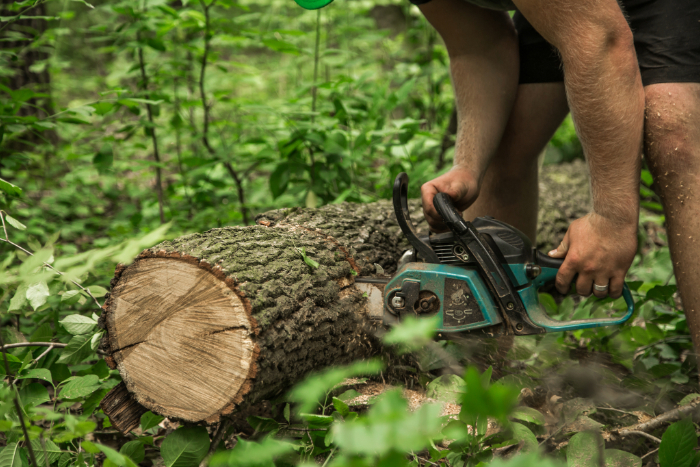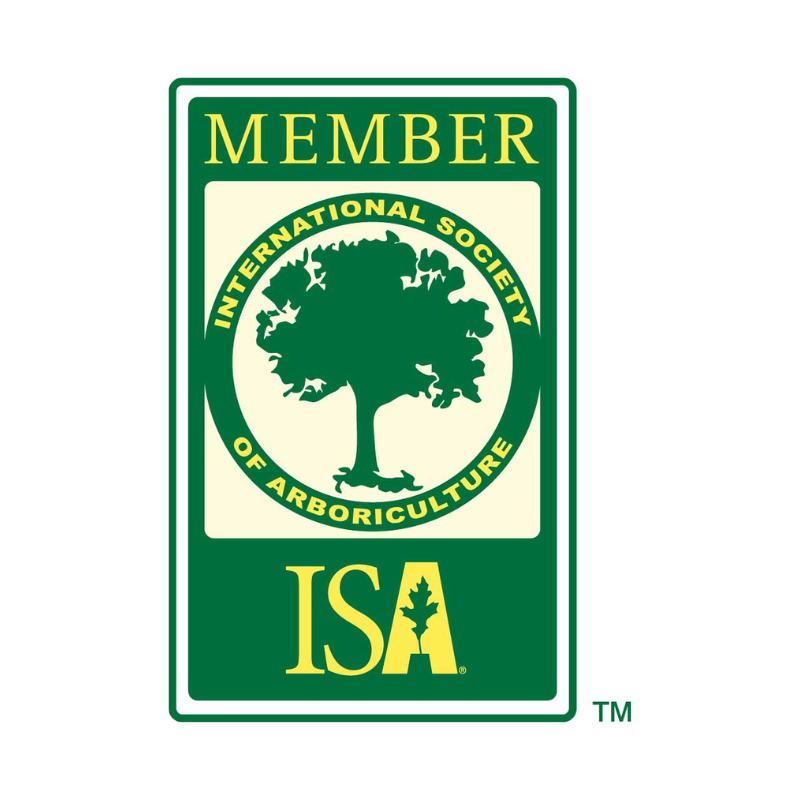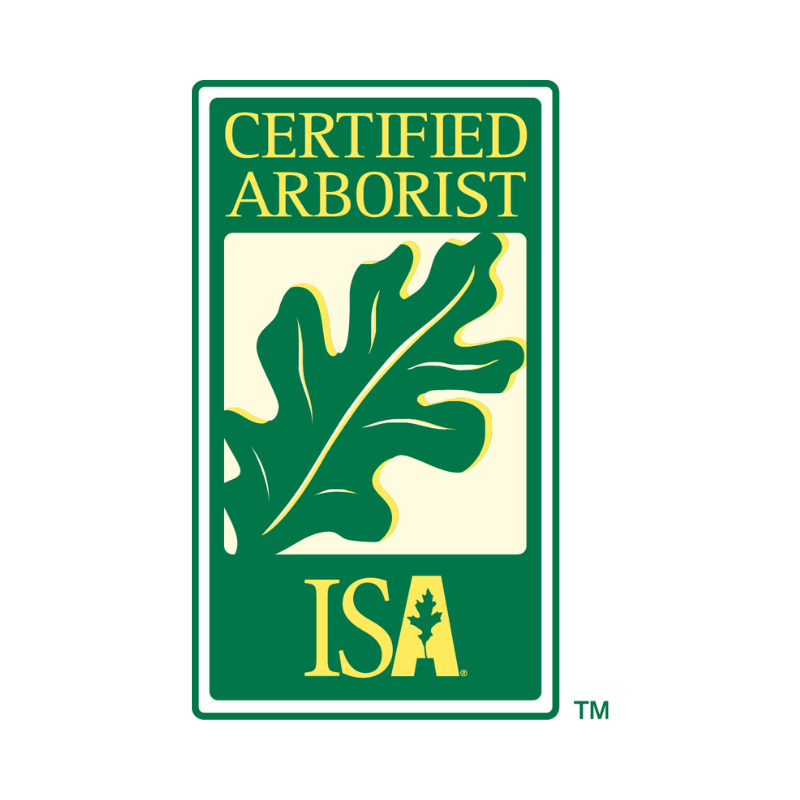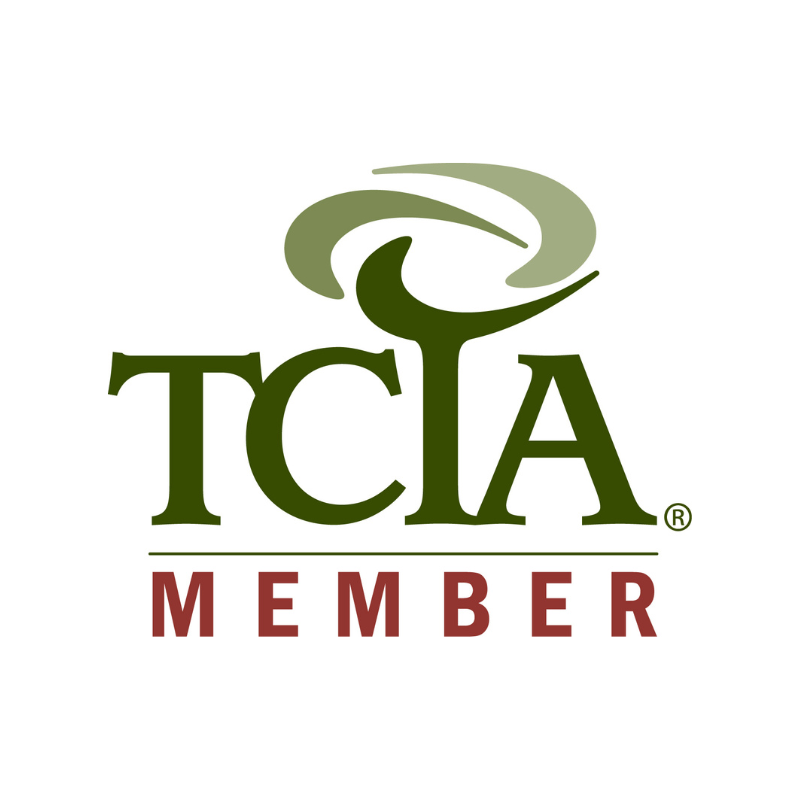Stump Grinding vs. Removal: Pros, Cons, and Costs in Dallas and Fort Worth Yards
After a tree is removed from your North Texas property—perhaps due to storm damage in Fort Worth or disease in a Dallas suburb—the remaining stump can become a persistent problem. In communities like Colleyville, where well-maintained lawns enhance curb appeal, or Grapevine, with its blend of residential and natural spaces, stumps not only detract from aesthetics but can also pose tripping hazards, attract pests, and complicate mowing. In Tarrant County’s expanding neighborhoods, such as Southlake, homeowners often face decisions on how to handle these remnants amid our region’s heavy clay soils and extreme weather patterns, which can influence decomposition and root behavior.
As a family-owned tree services company with over 30 years of experience serving Dallas County and Tarrant County, The Lawn Firm specializes in solutions that restore your yard efficiently and sustainably. Our ISA-certified arborists, who maintain expertise through regular CEUs, and our qualified professionals draw on local knowledge to recommend the best approach, whether grinding or full removal. In this guide, updated with 2025 insights from sources like Texas-based arborists and extension services, we’ll compare stump grinding in Dallas versus stump removal, covering pros, cons, cost factors, and local considerations. This helps address common queries like “stump grinding cost Dallas” while guiding you toward informed choices that prevent long-term issues.
Understanding these options is key in North Texas, where droughts slow natural decay and storms create urgent needs. Grinding might suit quick fixes in urban Dallas lots, while removal prepares Tarrant County sites for replanting. We’ll explore processes, comparisons, and more to build your confidence. If you’re staring at a stubborn stump, schedule a free consultation with our experts today for a tailored plan. With our high-touch, eco-friendly service, we ensure minimal disruption and maximum results—let’s reclaim your yard.
What is Stump Grinding?
Stump grinding involves using a specialized machine to shred the visible stump and surface roots into small wood chips, typically reducing it 4-12 inches below ground level. This method is popular in Dallas County for its efficiency in tight spaces, where heavy equipment access might be limited. The resulting mulch can be left onsite to enrich the soil or removed, aligning with sustainable practices in our clay-heavy region.
In North Texas, grinding works well for most residential stumps, as it avoids extensive digging in soils prone to compaction. However, the deeper root system remains, allowing gradual decomposition over years. This is less invasive than alternatives, making it ideal for quick landscape recovery.
Our stump grinding and removal services prioritize safety and precision. For the precursor step, reference our Tree Removal Guide to understand how stumps arise.
What is Stump Removal?
Stump removal entails fully extracting the stump along with its major root network, often using excavators or winches for leverage. This comprehensive approach is favored in Tarrant County areas like Fort Worth, where complete clearance is needed for new construction or landscaping. It leaves a clean slate but requires backfilling the resulting hole with soil.
In Texas’s variable climate, removal eliminates risks like root sprouting or interference with utilities, though it’s more labor-intensive. Professionals assess site conditions to minimize damage to surrounding areas, especially in Dallas’s older neighborhoods.
Connect this to our tree removal services for seamless handling. Preventative care via our When and How to Prune Trees in Texas guide can reduce the need for such interventions.
Pros and Cons of Stump Grinding vs. Removal
Evaluating these methods depends on your yard’s specifics, from soil type to future plans. In 2025, Texas arborists note grinding’s rise in popularity for cost and speed, while removal suits thorough jobs. Here’s a balanced overview tailored to North Texas.
Pros of Stump Grinding
- Cost-Effective and Quick: Often completed in hours, it’s suitable for busy homeowners in Colleyville.
- Less Disruptive: Minimal excavation preserves lawns in Grapevine properties.
- Eco-Friendly: Grindings serve as natural mulch, aiding moisture retention in dry Tarrant County summers.
- Safer for Surroundings: Reduces risks to nearby plants or structures in urban Dallas.
Cons of Stump Grinding
- Roots Persist: Potential for regrowth or pest issues in humid North Texas conditions.
- Temporary Fix: Decay takes time, possibly affecting future digging.
- Aesthetic Limitations: Mulch cover may not suit all landscapes immediately.
Pros of Stump Removal
- Permanent Solution: No remnants mean zero regrowth risks, ideal for Southlake replanting.
- Hazard Elimination: Fully clears tripping or mowing obstacles.
- Site Versatility: Prepares ground for new features like patios in Fort Worth yards.
Cons of Stump Removal
- Higher Effort: More time and machinery lead to greater yard impact.
- Potential Damage: Soil disturbance in clay-heavy Dallas County areas.
- Environmental Trade-Off: Removes more material, though pros recycle where possible.
See the table for a quick comparison.
| Feature | Stump Grinding | Stump Removal |
|---|---|---|
| Duration | 1-2 hours per stump | Hours to a full day |
| Yard Disruption | Low; mulch remains | High; hole to fill |
| Permanence | Roots decay over time | Complete extraction |
| Ideal For | Quick aesthetics in Dallas urban lots | Full clearance in Tarrant developments |
| Eco Impact | Mulch benefits soil | Higher initial but root-free long-term |
This helps weigh options—email info@thelawnfirm.com for a free site evaluation.
Cost Factors for Stump Grinding and Removal in North Texas
Expenses vary based on 2025 trends, influenced by stump diameter, location, and accessibility. In Texas, larger stumps in remote Tarrant County spots require more resources, while urban Dallas jobs might involve navigation challenges. Grinding tends to be more affordable due to less labor, but removal provides lasting value for complex cases.
Other factors include root depth (deeper in oaks common here), species, and any add-ons like haul-away. Local soil compaction can add complexity. For accurate insights, a professional assessment is essential—call +1 817-545-6396 for your free estimate.
Debunk cost-related myths in our Common Tree Myths Debunked guide.
Local Considerations in Dallas and Tarrant County
Our region’s climate—intense heat, occasional floods, and winds—affects stump choices. In Dallas County, faster urban decay favors grinding, while Tarrant County’s growth demands removal for clear sites. Check ordinances in Fort Worth for heritage stumps or Dallas for utility impacts.
We navigate these with expertise, promoting eco-practices like mulch recycling. Avoid storm stumps via our Preparing Your Trees for Texas Storms guide.
For aftermath, consult our What to Do After a Storm guide.
The Process: What to Expect from Professional Services
- Evaluation: Free onsite review to recommend grinding or removal.
- Prep: Mark utilities and clear the area safely.
- Execution: Grind to mulch or excavate fully with care.
- Cleanup: Remove debris, fill voids, and advise on next steps.
- Aftercare: Tips for replanting from our Best Trees to Plant in Dallas and Fort Worth guide.
Catch early signs in our Signs Your Tree Needs Professional Help. Overall maintenance? See the Ultimate Guide to Tree Care in North Texas.
Frequently Asked Questions About Stump Grinding and Removal in Dallas and Tarrant County
What’s the difference between stump grinding and removal in Dallas?
Grinding reduces the stump to mulch below ground; removal extracts everything, roots included—grinding is faster, removal more complete.
How much does stump removal cost in Fort Worth?
It varies by size and site—get a free estimate for your Tarrant County yard.
Is stump grinding better than removal in North Texas?
Depends on needs: Grinding for quick, low-impact; removal for permanence in clay soils.
Can stumps regrow after grinding in Tarrant County?
Yes, if roots are active—prevent with treatments in our warm climate.
Do I need permits for stump removal in Dallas County?
Usually not, but verify for protected areas; we assist with compliance.
How long does stump grinding take in Colleyville?
Often 1-2 hours, with little downtime.
What to do with grinding mulch in Grapevine?
Reuse as soil enhancer or remove—eco-friendly choice.
Should I remove stumps post-storm in Southlake?
Yes, for safety—our guide covers it.
Ready to Eliminate Your Stumps?
Transform your Dallas County or Tarrant County yard with The Lawn Firm’s trusted, family-owned expertise. Located at 1603 Hall-Johnson Rd, Colleyville, TX 76034, we’re here for you—schedule a free consultation via phone at +1 817-545-6396 or email info@thelawnfirm.com. Don’t wait; reclaim your space today!
(Word count: 1,589)

